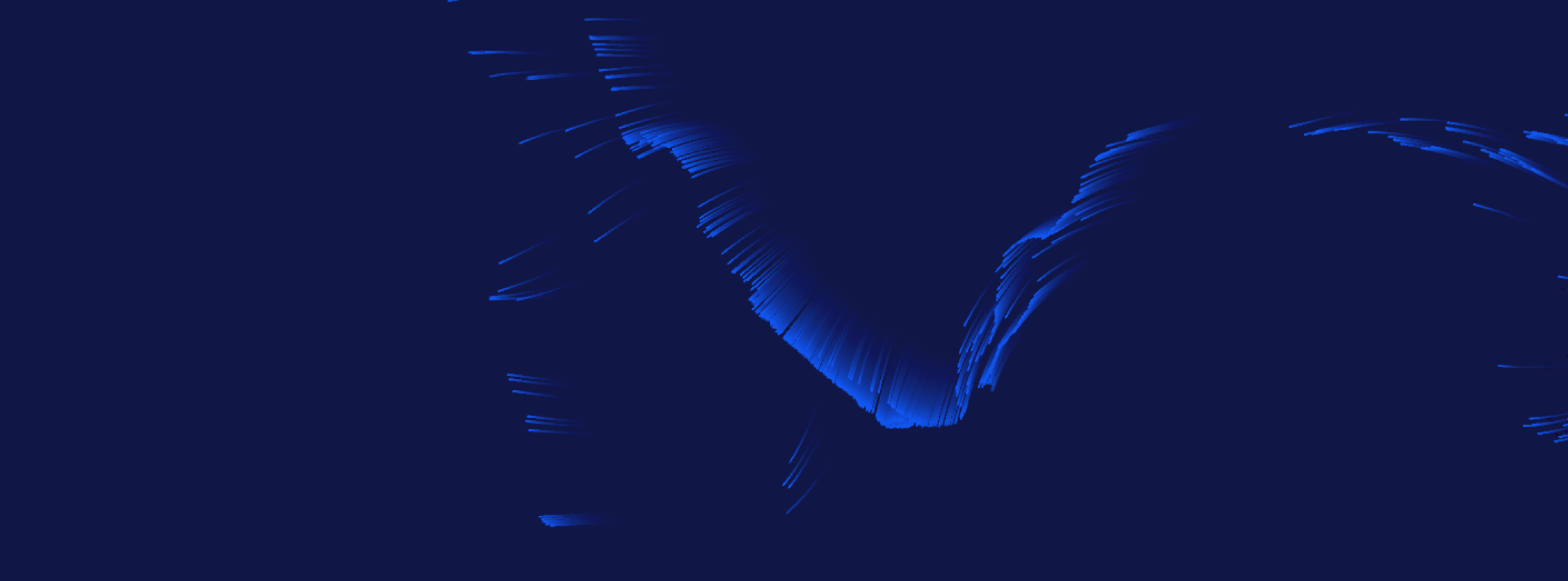Tor Arnesen, Managing Director, Norske Shell | Chairman, Norwegian Oil and Gas Association, will give the Opening Speech at UTC.
The Subsea industry is facing some major issues when it comes to standardization and innovation. These goals are not contradictory, but complimentary.
Norwegian oil and gas is a long lasting story, with a proud history and a bright future despite some challenges. – Rising cost is a key challenge to our industry going forward and we are now looking at “100 dollars a barrel as the new 20 dollars”. As an industry we need to get better at managing capital costs and operational costs also need careful scrutiny and innovative solutions, says managing director at A/S Norske Shell Tor Arnesen.
Some key challenges
One of the main challenges are matured fields and basins globally, which are driving a need for asset integrity, field life extensions and eventual abandonment. – Secondly we have frontier exploration plays which require new technology solutions as the newer basins are getting ever more complex and bring us closer to the limits of existing and conventional technologies, says Arnesen. How the industry needs to both innovate and standardize at the same time are issues that will be addressed and discussed at The Underwater Technology Conference. – These are not contradictory goals, but rather complementary. Emerging technical needs and more stringent regulatory requirements will drive innovation, while the sheer scale and cost of the deep-water business will drive the need for further simplification and standardization. Our industry needs to be both innovative and able to standardize at the same time, says Arnesen.
Tension
Another theme that will be discussed is the need for increased collaboration between industrial competitors. Arnesen tells that there is a tension between broad industry collaboration in sharing costs, standardization benefits, etc. versus technology development via sharper strategic alliances.
– This tension has become especially acute as the industry continues to go after more complex projects globally that require a significant amount of technology maturation. A case in point is HPHT development. The need for this was recognized well over a decade ago, and yet the state-of-the-art is pretty poorly developed due the absence of a truly collaborative model between industry players – both producers and technology and service providers, Arnesen says.
The bar is also being raised by more rigorous regulatory requirements that must be met, often without pre-existing standards. – The current business environment offers an excellent opportunity to the industry to seize the initiative and lay down the foundation for the next generation of deepwater projects, says Arnesen.

